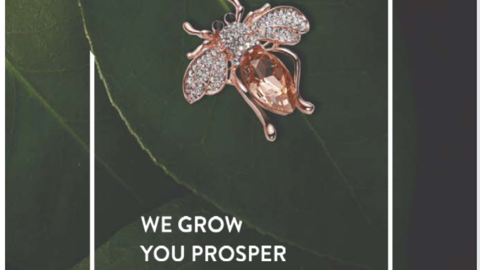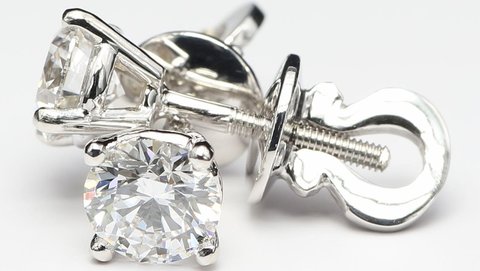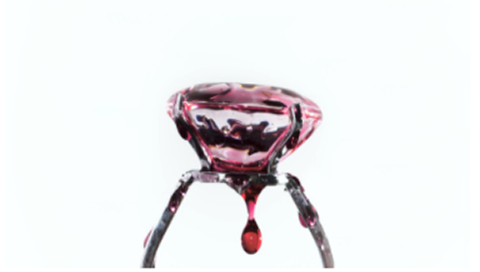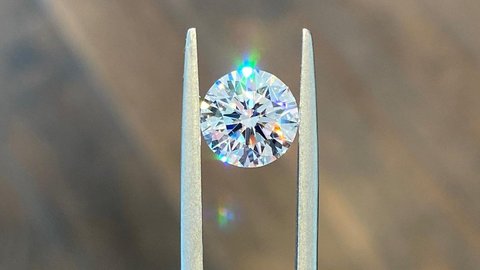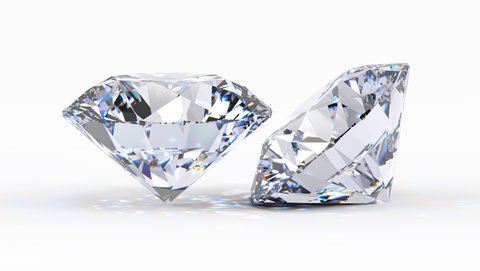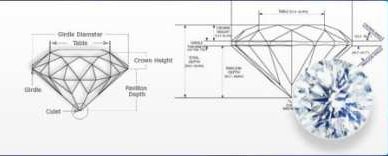Lab-grown Vs Mined: What Diamonds Will Prevail in 2024
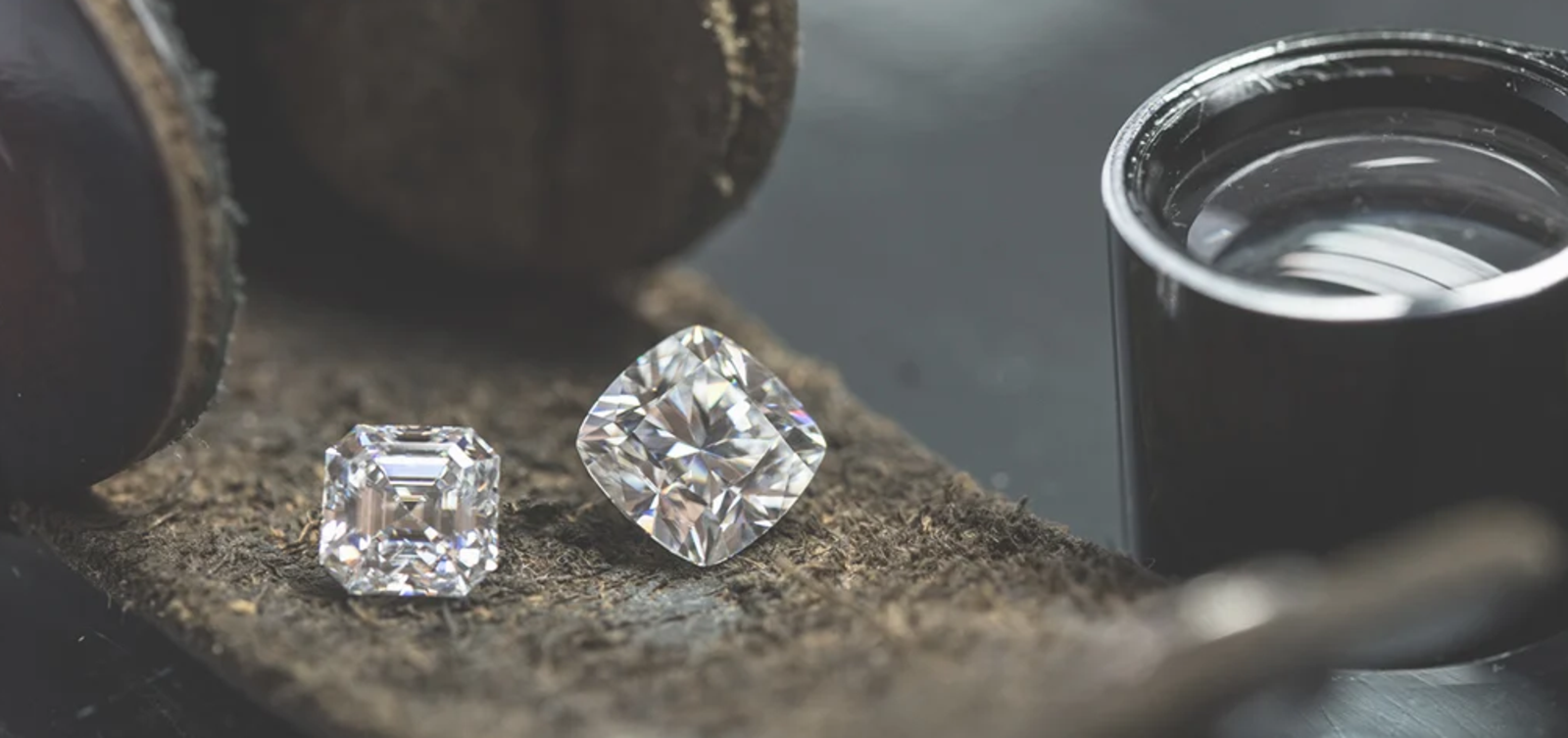
In 2023, lab-grown diamond sales rose 16% in the USA alone, according to diamond industry analyst Edahn Golan. Gen Z and millennial consumers are a main force beyond such astonishing growth, but they’re not the only ones. Older generations are now more inclined to go for man-made diamonds as replacement stones in their existing jewelry pieces, especially in the city areas. The reasons are always the same: price point and sustainability. Still, mined diamonds are not about to fall behind, some experts say. With lab-grown diamond gems going mainstream, mined stones regain the retailer’s interest due to more stable prices and great margins. With noticeable shifts happening in the diamond industry, the question arises: what stones will break more ground in 2024.
While lab-grown diamond margins are still higher percentage-wise, a retailer would usually earn more by selling a mined alternative. The wholesale prices for mined diamonds dropped as much as 25% over the last few years, while retail prices generally stayed the same, allowing jewelers to get larger profits. And according to industry analysts, these prices will stay the same - current disruption of supply caused by global crises may actually be helpful by preventing an oversupply. This is why mined stones are getting actively promoted as the go-to gems for bridal jewelry, while the talks of dividing the markets are happening again. At the same time, recycled mined diamonds are getting trendy as an option for the environmentally conscious buyers. And this is working. Some consumers now prefer opting for a smaller mined diamond, even with a worse quality, than buying a lab-grown engagement ring.
On the other hand, lab-grown diamonds are now stronger than ever, making up around 20% of the global diamond market, according to Paul Zimnisky. The data by the jewelry trend analytics company Tenoris shows that sales of loose man-made gems increased an incredible 47% last year. And while Zimnisky predicts that the sales growth rate may slow down, there won’t be any decline. With prices decreasing, the sales are growing in volume to make up for it. There are more and more customers for lab-created diamonds, those who want to wear a three-carat engagement ring, but would never be able to afford a mined stone like this. “Most of my friends all have lab-grown. And I think it just fits our lifestyle and economy,” said one of the jewelry store consumers to Fortune Magazine.

According to Fast Company, many smaller and independent jewelry retailers, who focused on lab-grown diamond jewelry, were able to grow their sales around 100% last year, and around 600% over the last five years. The numbers are loud. While both wholesale and retail prices on lab-grown diamond jewelry are declining, customers are now more willing to purchase more exquisite or larger pieces, which allows jewelers to stay in more-or-less the same margin range. Endorsements by celebrities, such as Emma Watson and Meghan Markle, are certainly the additional marketing point that help bring consumers to the stores, especially younger generations. At the same time, generic lab-grown diamond jewelry can now easily be purchased at the fashion section at significantly lower prices, while unique pieces are what truly remains the focus of the independent jewelers and their customers.
Whether it’s a lab-created or mined diamond, the consumers are ultimately the ones who make choices. The focus of the industry should not be on comparing the options, but promoting them all. Millennials and Gen Z are now more inclined to spend money on travels, gadgets and experiences, and if it takes a lab-grown stone to bring them to the stores, then these diamonds shouldn’t be frowned upon. At the end of the day, any type of diamond jewelry sale is a win for the retailer. And Labrilliante, as an expert supplier of lab-created stones that keeps updating and reinventing itself with the times, is certainly a company that can help jewelers score this win.





